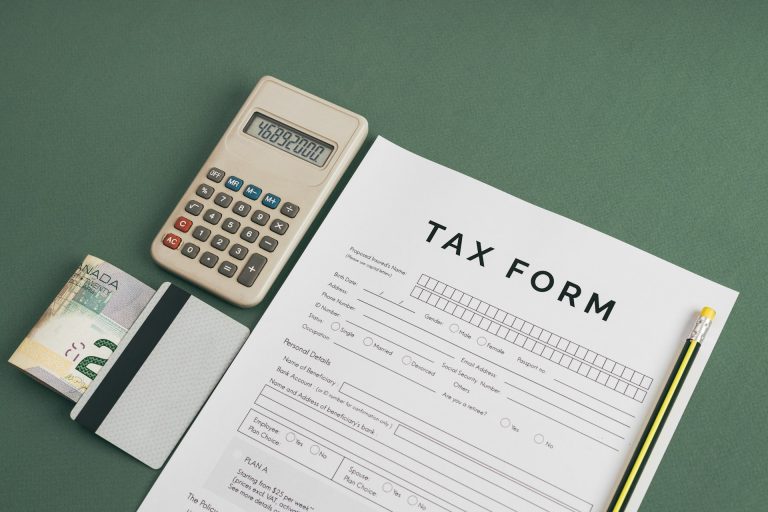Several jobs require wearing a uniform for different purposes. It can be a standard operating procedure to distinguish different personnel in the workplace. A uniform is an aesthetic and functional choice common in hospitality, dining, and event sectors. They can serve as a more practical option for performing different tasks with the wearer’s safety and protection in mind. This is necessary for volatile workplaces, common in construction, plumbing and cleaning services.
Most uniforms need to be distinct to a particular brand of a service provider, making them a costly expense if you’re shouldering its purchasing costs. Thankfully, it’s highly likely that you can get decent cashback during tax repayment season.
How to get your cashback from work uniform purchases
The most important requirement to claim a tax return is to ensure what classifies as a business expense. In the case of uniform purchases, you need to ensure that it qualifies under specific categories to receive a cashback.
In this article, we’ll share a three-step guide illustrating how you can certify your tax return for work uniforms.
Step #1: Confirm if you own a compulsory uniform
Compulsory uniforms are mandatory clothing employees need to wear in the workplace. It usually contains the company logo together with your place of work. The entire attire is considered a compulsory uniform, including single items such as shirts or ties, even if it doesn’t include branding logos. However, it must be a company-mandated brand, colour or style option that you should wear.
In contrast, non-compulsory uniforms are clothing pieces that your employer encourages the staff to wear but doesn’t enforce it. Unless the uniform is registered with the AusIndustry, you cannot claim that your work clothes are part of the registered uniform.
Besides brand-specific apparel, protective clothing and costumes can also count as compulsory uniforms if they’re necessary to perform your job. This covers people in trade businesses or performers who need to be in character for a role in a paying gig.
Step #2: Confirm your laundry expenses
Besides the costs of purchasing your work uniform, you also have the right to make a claim or the laundry expenses for maintaining your uniform. This should account for the general acts of washing the clothes through a laundromat, from washing to dry cleaning when necessary. It’s easier to compute the values if you’re using a laundromat. Doing the washing and ironing yourself, however, makes for a more complicated calculation.
Step #3: Check if you have company allowance for purchases and maintenance expenses
Some companies provide reimbursements or laundry allowances, especially if their uniforms need to receive deep cleaning before use. Thankfully, you can still claim a deduction even after receiving a subsidy. However, it’s necessary that you claim the corresponding deduction on your expenses and not on the full amount of your allowance.
Conclusion
Being extra cautious about your work expenses isn’t something you should be conscious of. The time you spend while employed is enough to give you the right to claim what’s yours, whether in the form of a salary or a tax return. If you’re not too adept at handling your own accounting, you can hire an accounting expert to supplement your tax and bookkeeping needs.
If you’re looking for a reliable accounting firm on the Sunshine Coast, we can help. At SMB Accounting, our professional accountants we perform different forms of tax services, from trust account audits to individual tax returns. Contact us today at 1300-854-159.




